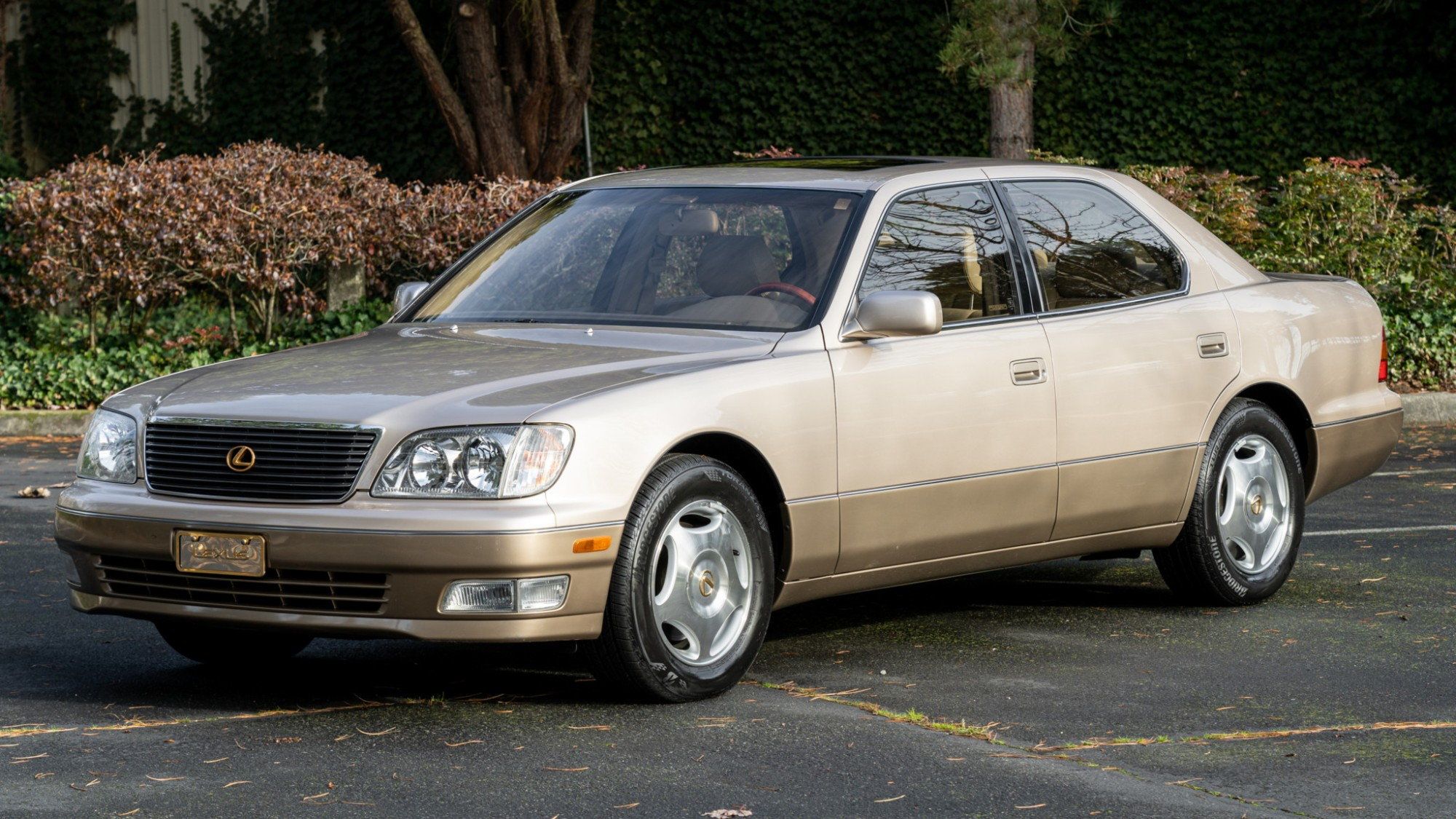When it comes to buying a car that’ll go the distance, most people turn to flashy ads, shiny exteriors, and brand prestige. But if you want a vehicle that’s going to stick with you past 200,000 miles without turning into a bottomless money pit, there’s only one group you should be listening to: the mechanics.
These are the folks in the grease-stained uniforms, sleeves rolled up, under the hood every single day. They’ve seen what breaks down at 80,000 miles and what keeps going strong for decades. They know which engines are bulletproof and which ones are cursed.
Yet, most mechanics won’t blurt out their favorite cars unless you ask them over a beer or catch them in a rare honest moment. Why? Because their business thrives when cars don’t last. That’s the irony — the vehicles they respect most are the ones they rarely see in their shops.
This article pulls back the curtain. We’ve rounded up the top 10 vehicles that mechanics — off the record, behind closed doors, sometimes with a smirk — secretly recommend when asked: “What car should I buy if I want it to last forever?” These aren’t the flashiest models on the lot, but they’ve got the guts, grit, and track records to outlive trendier, more expensive rides.
So, if you’re tired of the dealer drama and want something that just keeps going — year after year, mile after mile — here are the ten workhorses that have earned the silent respect of the people who know cars best.
1. Toyota Land Cruiser
It’s no surprise that the Toyota Land Cruiser tops the list. Mechanics often praise it as “overbuilt,” meaning it’s constructed with long-term durability in mind rather than cost-cutting.
Its naturally aspirated V8 engine, solid axles, and bulletproof 4WD system make it a global legend in reliability. Many mechanics report seeing Land Cruisers cross the 300,000-mile mark with only basic maintenance.
After briefly vanishing from the U.S. market — a move that had many assuming it was gone for good — the Toyota Land Cruiser has returned with a renewed sense of direction. Reintroduced last year, this iconic off-roader now features a four-cylinder hybrid powertrain that delivers a combined 326 horsepower.
It shares its underpinnings with the Lexus GX and has been slightly scaled down, which means it no longer includes a third row of seating. This more compact design brings it closer in spirit and size to other trail-capable legends like the Ford Bronco and Jeep Wrangler.
The latest Land Cruiser has been completely revamped inside and out, offering Toyota’s newest infotainment interface and a wide array of driver assistance features. Despite these modern touches, it remains true to its roots, sporting a robust four-wheel-drive system and several heritage-inspired design cues — including round headlights on the base 1958 model, a direct nod to Land Cruiser history.
Toyota’s SUV lineup is now broader than ever. A new 4Runner model, arriving for 2025, is slightly smaller than the Land Cruiser, while the Tundra-based Sequoia remains the brand’s largest SUV. It currently ranks second in that segment, just behind the Ford Bronco, and ahead of rivals such as the Ford Bronco Raptor, Toyota 4Runner, Toyota Crown Signia, and Honda Passport.

Toyota made no major updates to the Land Cruiser for the 2025 model year, aside from discontinuing the First Edition trim that was available in 2024.
Pricing for the new model starts at $58,150 and climbs to $62,920 depending on trim and options. While the Land Cruiser 1958 trim has a certain nostalgic appeal with its classic round headlights, the standard Land Cruiser trim offers more value and features.
As noted, “Though the base 1958 model’s classic round headlights are tempting, we think the Land Cruiser trim is the one to go for, as it adds ventilated front seats, a 10-speaker stereo system, a larger 12.3-inch infotainment display, and wider all-terrain tires, among other items.”
If you’re looking to compare the 2025 Land Cruiser against other vehicles in the segment, Toyota now offers a user-friendly comparison tool that lets shoppers evaluate up to five models side-by-side.
Under the hood, Toyota has replaced the previous generation’s naturally aspirated V-8 with a more efficient hybrid system. This setup includes a turbocharged 2.4-liter four-cylinder engine working in tandem with two electric motors to generate a total of 326 horsepower — a configuration that should sound familiar to anyone who has looked at the latest Toyota Tacoma.
An eight-speed automatic transmission is standard across the board, along with a full-time four-wheel-drive system that includes a locking center differential, low-range gearing, hill-descent control, and a crawl-control feature tailored for off-road situations.
During our test drive, the hybrid powertrain delivered strong torque, although we did notice that the electric motor assist can feel inconsistent, likely due to the relatively small battery pack. On paved roads, however, the Land Cruiser proves to be impressively smooth and quiet — significantly more refined than off-road rivals like the Bronco and Wrangler.
2. Honda Accord (2003–2012 Models Especially)
The Honda Accord is one of those cars that mechanics say “just won’t die.” Older models, especially from the early 2000s to early 2010s, have simple yet refined engineering that doesn’t require frequent or expensive repairs.
As long as the timing belt and transmission fluid are serviced on time, these sedans can often surpass 250,000 miles with ease.
The LX trim level of the Honda Accord comes equipped with essential features including power windows, door locks, and mirrors, along with air conditioning and a tilt-and-telescoping steering wheel that integrates controls for the six-speaker audio system.
It also offers a USB input and a comprehensive array of front, side, and curtain airbags. Moving up, the LX Premium sedan enhances this setup by adding 16-inch alloy wheels, an 8-way power-adjustable driver’s seat, a vehicle alarm, and an automatic up/down function for the front windows.
The SE trim builds on these features with leather upholstery, heated front seats, a 10-way power driver’s seat, and a leather-wrapped steering wheel. The EX trim introduces a more powerful 190-horsepower four-cylinder engine, complemented by larger wheels and tires, as well as an upgraded front suspension for better handling.
At the top of the range, the EX-L variant wraps the cabin in leather, includes satellite radio, and adds dual-zone automatic climate control. It’s also the only trim level that offers Honda’s touchscreen navigation system.
For coupe buyers, the LX-S trim improves upon the standard LX by incorporating larger wheels and a CD changer. The EX Coupe raises the bar further with a 271-watt audio system, while the EX-L Coupe comes fitted with 18-inch wheels and is the only model in the lineup to offer a six-speed manual transmission on V6-powered cars.
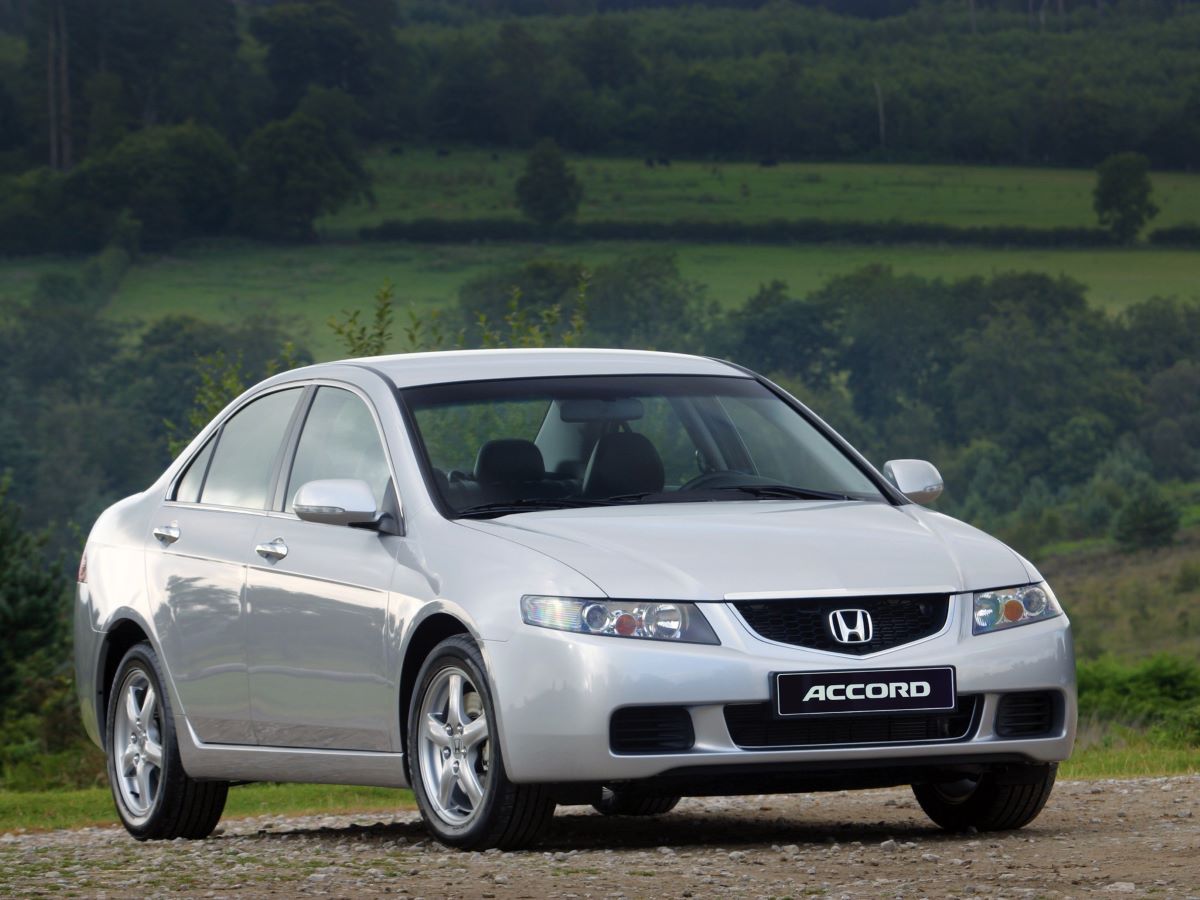
Among competitors, the Toyota Camry stands out as the Accord’s primary rival. It tends to deliver a quieter, more composed driving experience and is equipped with superior in-car tech through the Toyota Entune system.
However, it falls short of the Accord when it comes to handling prowess and does not offer a coupe variant. Meanwhile, the newly redesigned Nissan Altima leads the class in fuel economy and makes a navigation system available on most trims at a relatively low cost, though its styling remains as conservative as the Accord’s.
The Hyundai Sonata brings a stronger base engine to the table and also offers an optional turbocharged version that delivers better fuel efficiency than the Accord’s V6. Still, it lags behind in cabin space and doesn’t offer a manual transmission at all.
The Volkswagen Passat, on the other hand, does feature a manual option, along with a spacious rear seat and a sizable trunk. It even offers a fuel-efficient TDI clean diesel engine. However, when well-equipped, the Passat can become quite expensive, and it doesn’t enjoy the long-standing reputation for reliability that the Accord does.
Despite frequent critiques for being too bland or plain, the Honda Accord has continued to appeal to a wide range of buyers precisely because it nails the essentials of a midsize family sedan without relying on gimmicks or flash.
The sedan is a practical five-seater, and the coupe provides a rare alternative in this segment — both of which are available with a manual transmission on several trims, a feature that’s becoming harder to find. With such a broad range of configurations and features, the Accord offers something for just about every midsize car shopper.
3. Toyota Tacoma
Small but mighty, the Toyota Tacoma is beloved by both off-roaders and city dwellers. Mechanics value the Tacoma for its rock-solid drivetrain and rust-resistant frame in newer models.
The 4.0L V6 and even the 2.7L inline-4 are known to be incredibly durable. With proper oil changes and rust protection, it’s not unusual for Tacomas to reach 300,000 miles or more.
The 2024 Toyota Tacoma enters its fourth generation with substantial upgrades. Built on the TNGA-F platform, which it now shares with the latest Tundra and Sequoia, the new Tacoma receives a host of improvements aimed at refining performance, comfort, and off-road capability. Standard across the lineup is a 2.4-liter turbocharged four-cylinder engine, while an optional hybrid powertrain offers even more muscle.
The traditional six-speed transmission has been replaced by a modern eight-speed automatic, and select models now feature a multi-link coil rear suspension, enhancing ride quality and handling. Notably, Toyota introduces the Trailhunter trim tailored for overlanding and brings back the XtraCab configuration, a two-door layout paired with a long bed.
Inside the cabin, a 14.0-inch touchscreen is available, and the standard Toyota Safety Sense suite sees further enhancements. The TRD Pro variant benefits from new IsoDynamic performance seats, designed to reduce fatigue and increase comfort during off-road driving.
Toyota had a lot of ground to make up with the previous Tacoma, and it’s clear the automaker didn’t hold back with the redesign. Even the standard non-hybrid engine feels more responsive and energetic than the outgoing V-6. Importantly, it remains the only midsize truck still offering a manual transmission.
The eight-speed automatic brings noticeable improvement over the old gearbox, although the standard drive mode may feel sluggish in throttle response. Switching to Sport S mode sharpens the driving experience considerably.
The newly available multi-link rear coil suspension dramatically improves ride quality over the previous leaf spring setup, which often resulted in a choppy ride. Off-road capability remains a core strength, with numerous off-road-oriented trims available to suit drivers of varying skill levels.
The Trailhunter is optimized for technical trail crawling and overland travel, while the TRD Pro remains focused on high-speed desert running. These refinements not only improve off-road performance but also make the Tacoma a much more livable daily driver.
Cargo utility sees major gains as well. The truck bed is now deeper and can be equipped with a powered tailgate and multiple power outlets. Hybrid versions include a beefy 2.4-kilowatt 120-volt outlet. Toyota also offers trailering aids such as a bed-facing camera, a digital rearview mirror, and a wireless trailer camera.
Inside, the redesigned cabin features contemporary screen sizes and upgraded software. Rear seat packaging has been revised in Double Cab models to increase storage options.
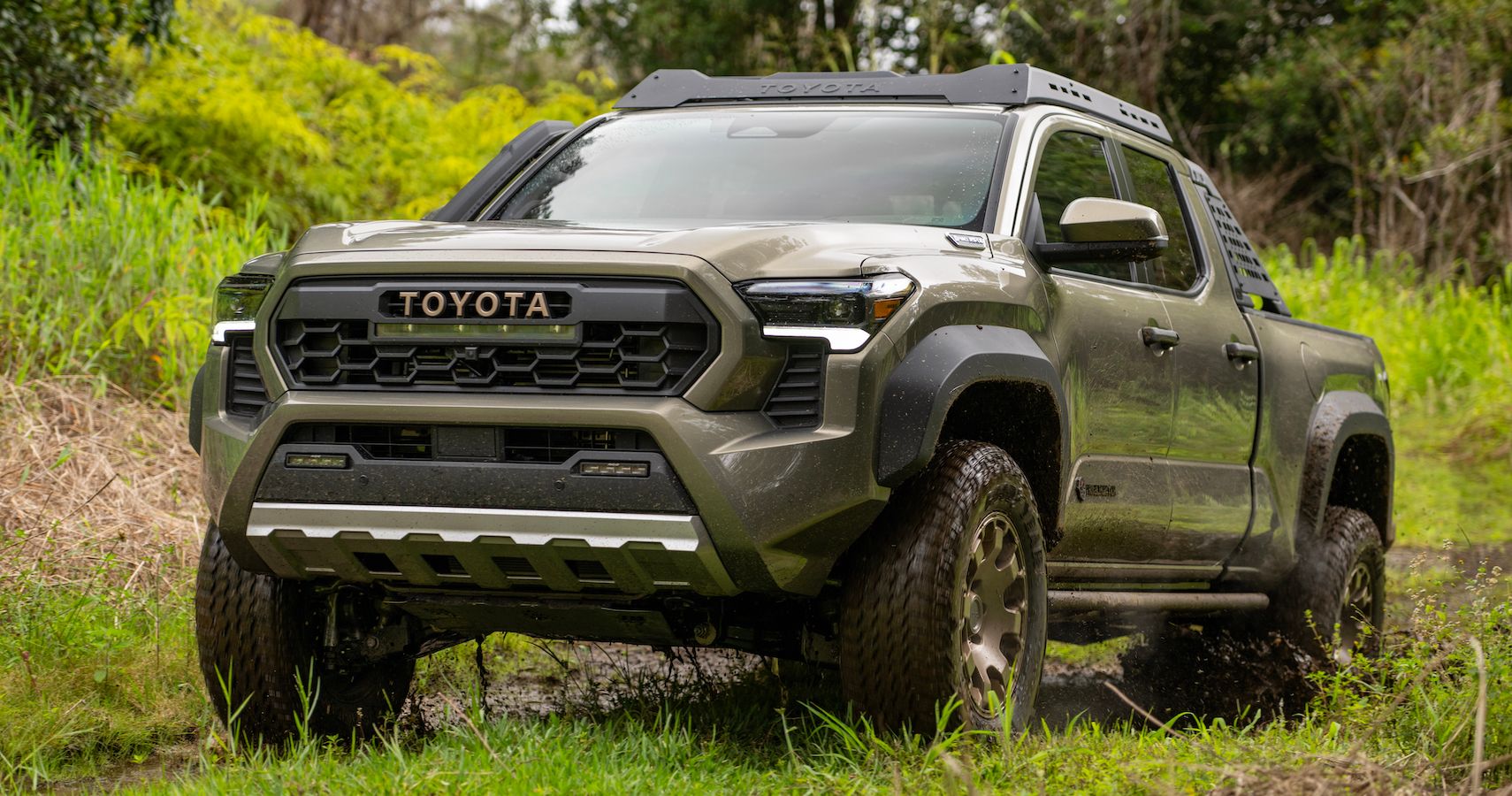
The wider center console does reduce internal bin space slightly compared to the previous model, but it’s a more ergonomic layout overall. We described the Limited trim as “one of the more passably luxurious rigs out there.”
With all these enhancements, it’s no surprise that the 2024 Tacoma is pricier than its predecessor. The cost spread across trim levels is substantial, particularly at the top end.
This may impact Tacoma’s stranglehold on the midsize segment, especially since rivals have stepped up their game. However, Toyota seems to have anticipated this by maximizing value and addressing prior shortcomings. The new Tacoma sharpens the traits that fans love while introducing upgrades to attract new buyers.
Performance-wise, the 2024 Tacoma offers both gas-only and hybrid drivetrains. The base engine, known as “i-Force,” is a 2.4-liter turbocharged four-cylinder producing 228 horsepower and 243 lb-ft of torque. This powerplant is standard on the SR trim and comes mated to the eight-speed automatic. It delivers more power than the previous generation’s base engine.
Higher trims benefit from a tuned version of the same engine. Paired with a six-speed manual transmission, output climbs to 270 horsepower and 310 lb-ft of torque. With the eight-speed automatic, those figures increase slightly to 278 horsepower and 317 lb-ft. In the TRD Off-Road trim, this setup allows the Tacoma to hit 60 mph in just 7.2 seconds.
The hybrid option, dubbed “i-Force Max,” is the most potent powertrain Toyota has ever offered in a Tacoma. It combines the 2.4-liter turbocharged engine with an electric motor and a 1.87-kWh battery, resulting in a total system output of 326 horsepower and a stump-pulling 465 lb-ft of torque. This setup is only available with the eight-speed automatic.
Rear-wheel-drive Tacomas come with an automatic limited-slip differential, while four-wheel-drive models get a two-speed electronic transfer case, active traction control, and an automatic limited-slip differential.
Off-road-focused trims—TRD PreRunner, TRD Off-Road, TRD Pro, and Trailhunter—add an electronic locking rear differential. Limited trims equipped with the hybrid drivetrain gain a full-time 4WD system and a locking center differential.
As expected, rear-wheel-drive Tacomas with the gas engine achieve the best fuel economy. The SR5 returns 21/26 mpg city/highway, an improvement over the last generation. The off-road-focused trims like TRD Sport and TRD Off-Road with 4WD achieve 19–20 mpg city and 23–24 mpg highway. Manual transmission models paired with 4WD post the lowest figures at 18/23 mpg.
Safety remains a high priority for Toyota. The 2024 Tacoma earns the IIHS Top Safety Pick designation, their second-highest honor. Every trim includes Toyota Safety Sense 3.0, which bundles together key features like a pre-collision system with pedestrian detection, lane departure alert with steering assist, full-speed adaptive cruise control, lane tracing assist, and automatic high beams.
Also included is Proactive Driving Assist, which provides subtle braking during curves or when traffic slows. Blind-spot monitoring and rear cross-traffic alert are available on higher trims.
Technology is another area where the 2024 Tacoma sees a major leap. An 8.0-inch touchscreen is standard, while a 14.0-inch version is available and runs the same multimedia system lauded in the 2022 Tundra.
Wireless Apple CarPlay and Android Auto are included. A 7.0-inch digital instrument cluster comes standard, with a 12.3-inch version available. Audiophiles can upgrade to a 10-speaker JBL system that includes a removable Bluetooth speaker.
Connectivity is also improved with a USB-C data and charging port near the infotainment screen, dual USB-C ports up front, and available charging ports for rear passengers. Off-roaders benefit from an optional multi-terrain monitor that projects trail obstacles onto the 14.0-inch display.
Towing capacity tops out at 6,500 pounds for SR5 and TRD PreRunner models equipped with the gas engine. The hybrid versions can tow up to 6,000 pounds.
Toyota hasn’t disclosed full towing and payload figures yet, but towing aids like Trailer Back Up Guidance, Straight Path Assist, and extended blind-spot monitoring are available. A wireless high-definition trailer camera is also optional.
Buyers have a wide array of configurations to choose from. Body styles include a two-door XtraCab with a 6-foot bed and a four-door Double Cab with either a 5- or 6-foot bed.
The trim lineup consists of eight distinct levels: SR, SR5, TRD PreRunner, TRD Sport, TRD Off-Road, Limited, TRD Pro, and Trailhunter. Each trim caters to different priorities, from value to rugged off-road use to luxury.
Cabin and bed dimensions have been subtly reworked. Front legroom in all Tacomas measures 41.8 inches—1.1 inches less than before—but rear legroom in Double Cab models has increased by the same amount to 33.7 inches.
Storage space has improved, with gas-powered models offering triple the under-seat storage of the previous generation. The rear seatbacks also fold flat for added versatility. The cabin features MOLLE panels on the doors and center console, plus a dash-mounted shelf.
4. Subaru Outback (Non-Turbo Models)
While Subarus have had a rocky reputation due to head gasket issues in earlier models, the naturally aspirated versions of the Outback are often seen as dependable workhorses especially post-2010 models with the updated FB-series engines.
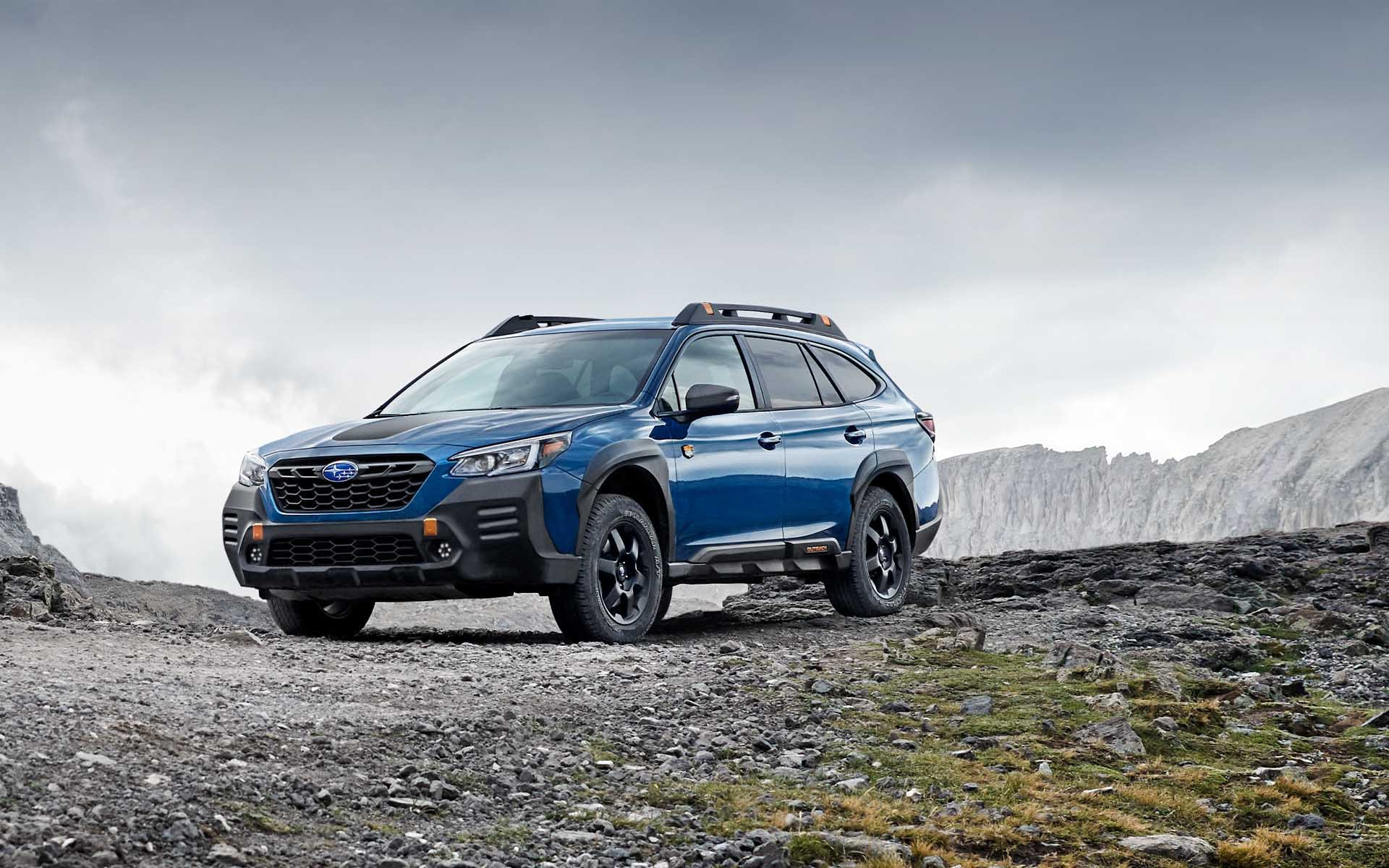
Mechanics often mention that regular oil changes and timing chain inspections keep these wagons on the road well beyond 200,000 miles.
Nearly three decades ago, Subaru transformed a Legacy station wagon by equipping it with all-wheel drive, raising its suspension, incorporating SUV-inspired design elements, and branding it the Outback. That formula has stood the test of time, with Subaru staying true to those core ingredients ever since.
Fast forward to today, the 2025 Subaru Outback continues to be a cornerstone of Subaru’s lineup, fitting neatly between the more compact Forester and the larger Ascent. With a reasonable price tag and all-weather readiness, the 2025 Outback stands out as a reliable, long-lasting, and versatile option—whether you’re single, raising a family, or settling into the empty-nest phase.
5. Lexus LS400 / LS430
These flagship sedans from Toyota’s luxury arm are not just smooth and quiet they’re incredibly well-built.
The 1UZ-FE and 3UZ-FE V8 engines are regarded as some of the most reliable powerplants ever made.

Mechanics frequently note these vehicles aging gracefully, with some running smoothly at 400,000 miles. Many refer to them as “Toyota reliability in a tuxedo.”
Back in the late 1980s, Japanese carmakers had a solid reputation for building dependable economy vehicles, but many skeptics doubted their ability to deliver a legitimate luxury automobile. Toyota responded by launching its Lexus brand, and with it, the LS400—a model that quickly silenced the doubters.
It was a revelation for American drivers: its styling was restrained (some might say too restrained), faintly reminiscent of the Mercedes W126, and it featured a subdued 250-horsepower 4.0-liter V-8 engine. What truly set it apart, though, was its exceptional build quality—something rarely seen in even the most premium of vehicles.
Instead of Detroit’s chrome overload and stick-on faux wood or Germany’s cold, utilitarian interiors, the Lexus offered a cabin wrapped in rich leather, where every component was as refined in appearance as it was in feel. While it wasn’t engineered for thrills, the LS400 radiated a calm sense of dignity, strength, and practical elegance.
As for the first-generation models, changes came gradually. In 1993, the LS400 was updated in several ways, many of them directly inspired by feedback from dealers and customers. These updates included new paint options, subtle trim revisions, and mechanical tweaks to the steering, suspension, brakes, wheels, and tires, all aimed at refining its driving dynamics.
6. Chevrolet Silverado 1500 (4.3L V6 and 5.3L V8 Models)
In the world of American pickups, the Chevy Silverado especially the ones with the 4.3L V6 or the 5.3L V8 is a mechanic’s favorite.
These engines are known for their simplicity and ruggedness. Mechanics often report seeing these trucks come in for high-mileage maintenance rather than major repairs.
As long as you avoid excessive towing abuse and keep fluids clean, the Silverado can run strong well past 250,000 miles.
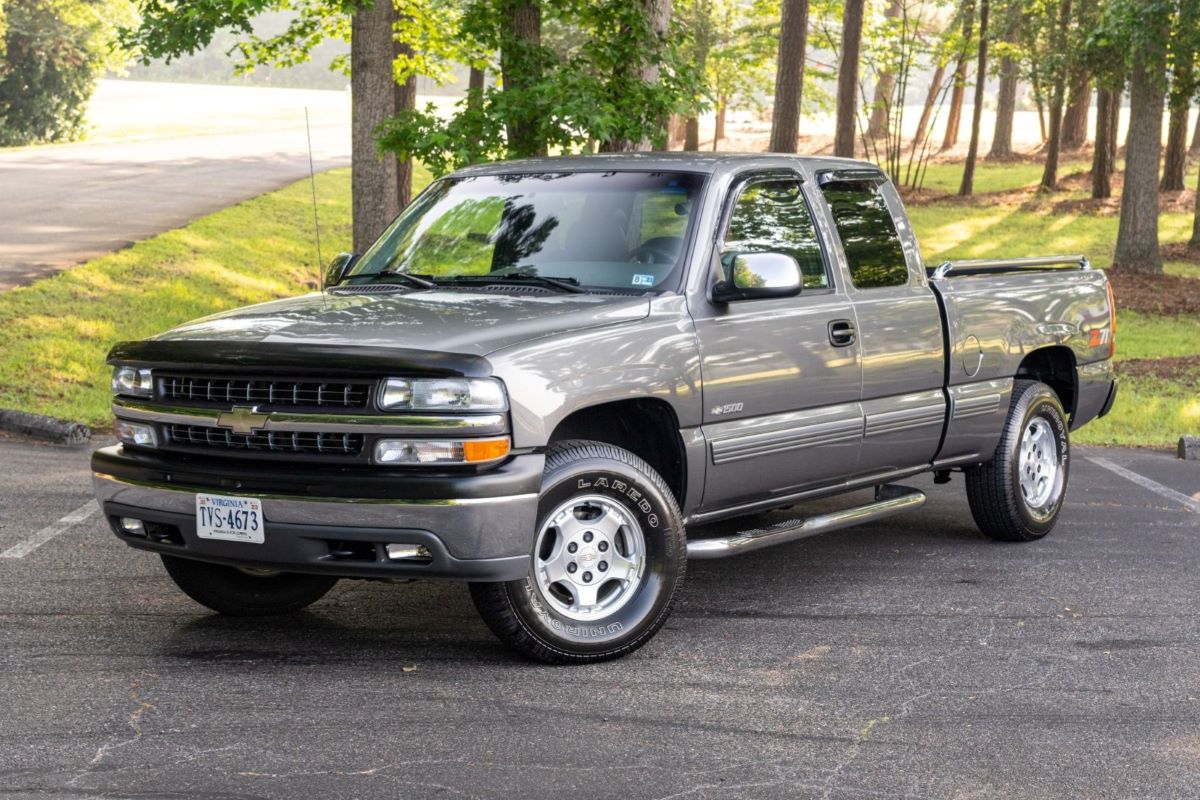
The 2025 Chevrolet Silverado 1500 introduces two fresh paint colors—Cypress Gray and Riptide Blue Metallic—adding a bit more variety to its exterior palette. Additionally, the Work Truck trim gains a new Universal Vehicle Module tailored for public safety agencies.
The full lineup returns for the 2025 model year, including the Work Truck, Custom, LT, RST, Custom Trail Boss, LTZ, LT Trail Boss, and High Country trims. All models offer a choice between rear- or four-wheel drive, except for the Trail Boss versions, which are exclusively equipped with four-wheel drive.
The price of the 2025 Chevrolet Silverado 1500 starts at $37,845 and tops out at $64,895, depending on the chosen trim level and options.
7. Mazda MX-5 Miata
It might be a small sports car, but the Miata is a mechanical gem. Mechanics love its simple rear-wheel-drive layout, reliable four-cylinder engine, and low cost of maintenance.
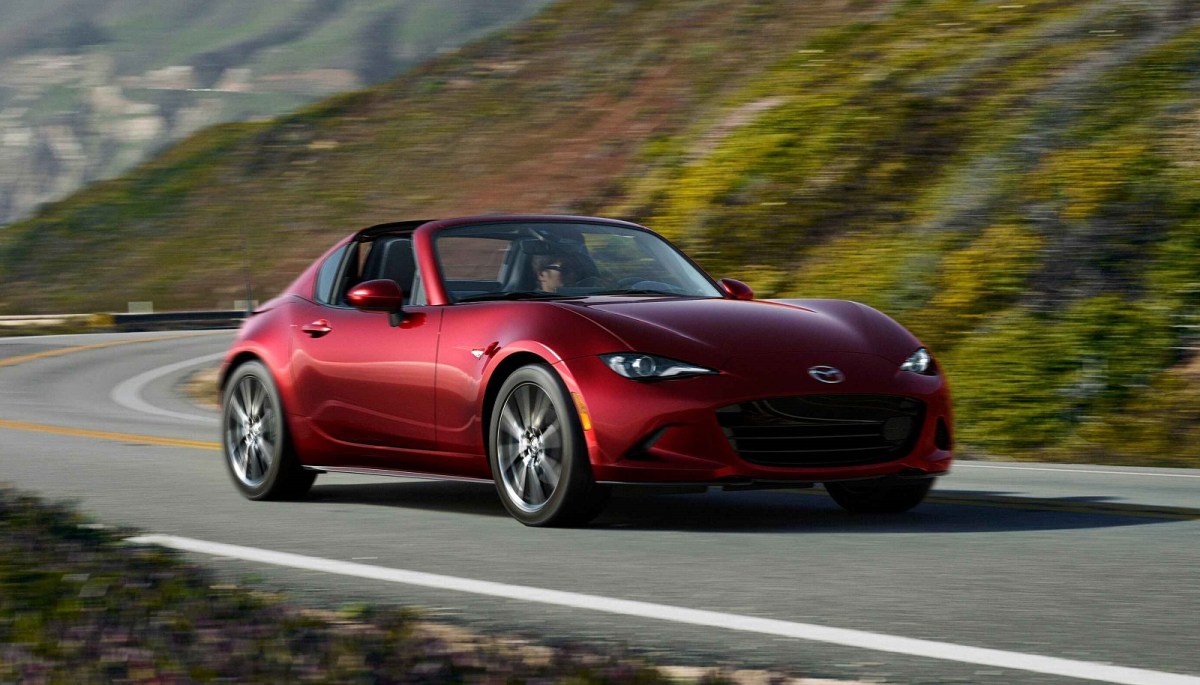
It’s one of the few sports cars that doesn’t require a second mortgage to keep running. Many mechanics say they’ve worked on first-gen Miatas with original engines and transmissions still humming after 200,000+ miles.
In today’s market, few cars manage to deliver pure, unfiltered driving excitement without putting a serious dent in your wallet—but the Mazda MX-5 Miata is one of them.
This spirited roadster delivers a genuinely fun driving experience while maintaining impressive fuel efficiency and an accessible price point. While interior space is definitely tight in this featherweight machine, the driving thrills it offers more than make up for it.
For 2024, the Miata received a handful of minor updates. Looking ahead to 2025, the model marks a significant milestone with the debut of the 35th Anniversary Edition. This special version is offered exclusively with a soft top and a six-speed manual transmission. According to Mazda, production will be limited to just 300 units.
8. Ford Crown Victoria
This former fleet and police car has built a cult following among both drivers and mechanics.
Its robust Panther platform, body-on-frame design, and near-indestructible 4.6L V8 make it a staple in taxi fleets and sheriff departments across North America.
Mechanics value how easy it is to work on and how long the drivetrain components last some even swear they’ll run forever with basic upkeep.
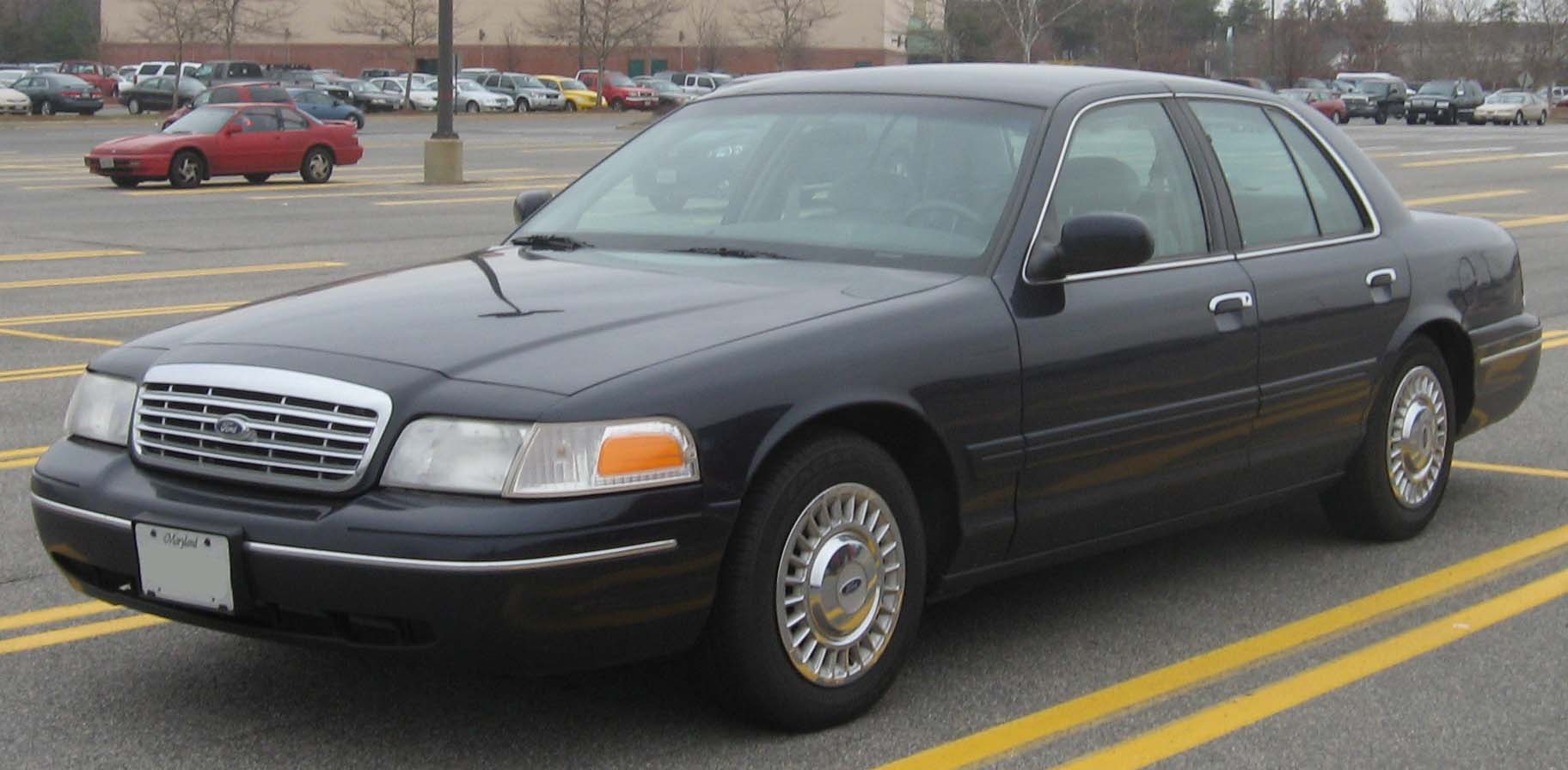
The 2025 Crown Victoria is built to appeal to a broad range of drivers, whether it’s families in search of a trustworthy sedan or enthusiasts who want performance and cutting-edge technology in a full-size vehicle.
Ford has placed an emphasis on blending classic qualities with contemporary demands, aiming to uphold the Crown Victoria’s reputation as a well-rounded and reliable option for a diverse set of motorists.
9. Toyota Corolla (Especially 2005–2013 Models)
The Corolla is a no-nonsense compact car that mechanics consistently praise. Models from the mid-2000s to early 2010s are especially resilient, with many still on the road with their original engines and transmissions intact.
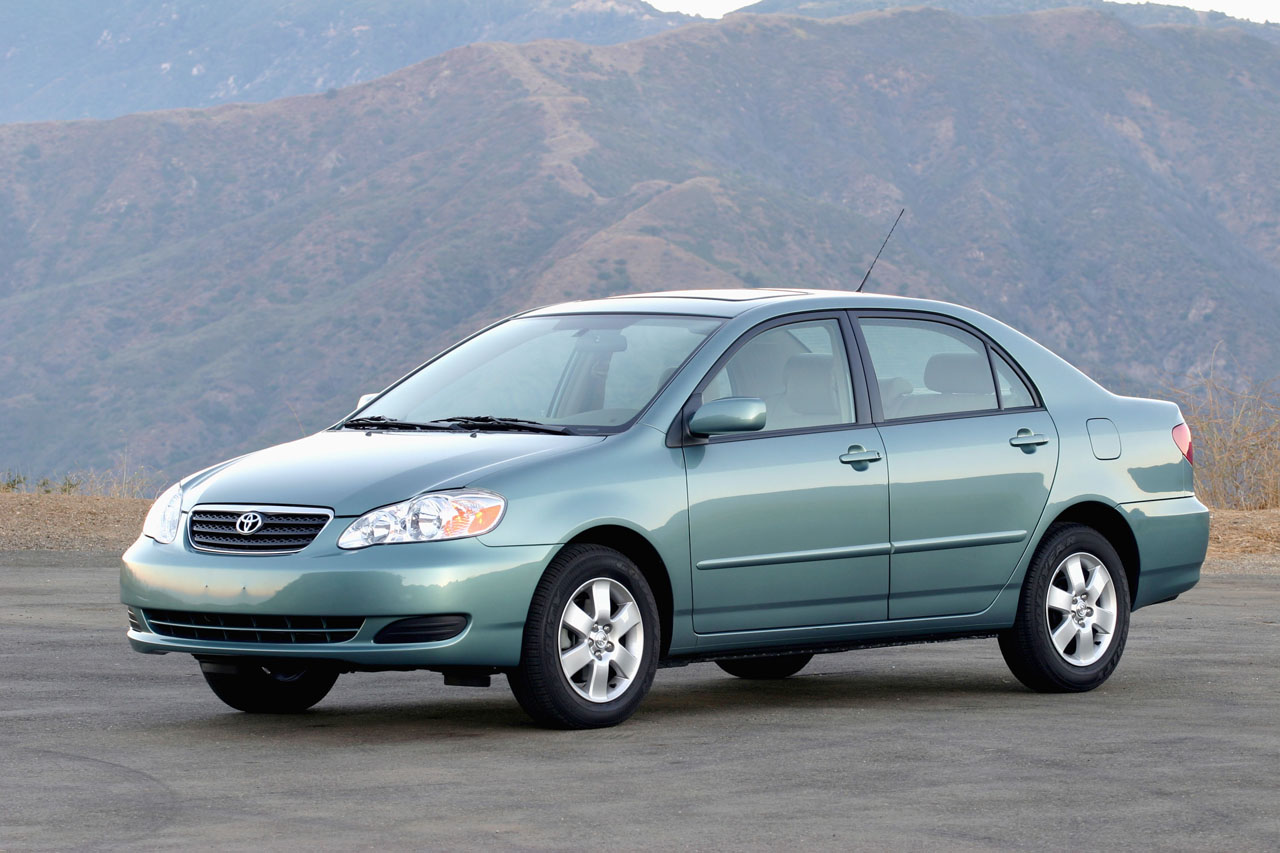
Mechanics love the straightforward maintenance, affordable parts, and lack of expensive systems. It’s the kind of car you can forget about and it still runs.
If the saying “slow and steady wins the race” holds true, then the Corolla crosses the finish line first. It comes standard with a 132-hp 1.8-liter four-cylinder engine that feels underpowered. The LE Eco trim features a specially tuned version of the same engine, delivering 140 horsepower with slightly less torque.
A continuously variable automatic transmission (CVT) is standard across the board, while a six-speed manual transmission is offered exclusively on the SE trim. While the Corolla’s CVT outperforms many of its competitors, the engine itself leaves much to be desired, having placed last in our acceleration tests.
Behind the wheel, the Corolla offers minimal driving excitement, and its lackluster braking performance feels out of sync with its otherwise strong safety credentials. The SE and XSE trims offer a sportier driving experience compared to the rest of the lineup.
Equipped with larger 17-inch wheels and tires, they handle better but also deliver a firmer, less forgiving ride. In our test, the XSE showed noticeable body roll when taking a freeway off-ramp at speed, and the suspension felt stiff over rough or uneven road surfaces.
10. Volvo 240
Though long discontinued, the Volvo 240 remains a secret favorite among old-school mechanics. Known for its tank-like construction and easy-to-repair inline-4 engine, the 240 is one of those cars that just keeps going.
Mechanics often joke that you can drive one into a brick wall and it’ll still start the next morning. Many are still daily drivers, thanks to their sturdy build and long parts availability.
The Volvo 240 and 260 series made their debut in the fall of 1974. At launch, the 240 Series came in seven different variants: 242L, 242DL, 242GT, 244DL, 244GL, 245L, and 245DL.
Meanwhile, the 260 Series was offered in two versions: the 264DL and 264GL. Within the 240 lineup, buyers could choose between a sedan—with either two or four doors—or a station wagon configuration.
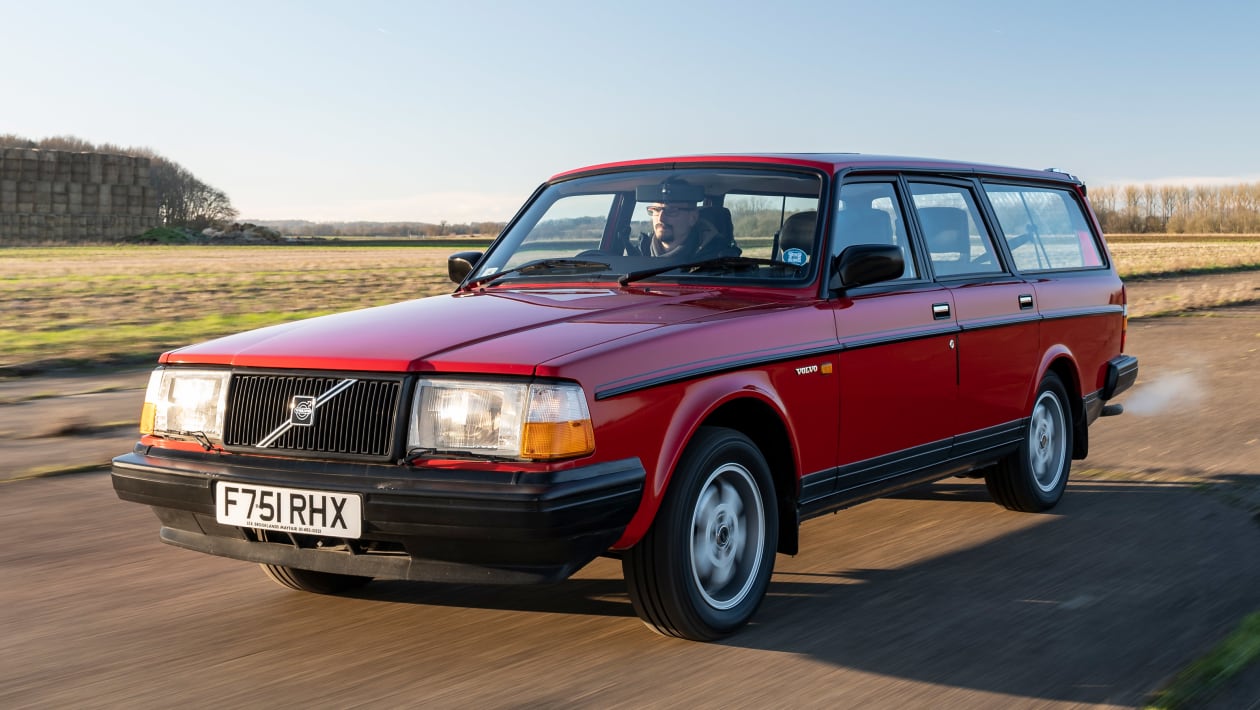
For many years, Volvo fans had access to a vehicle that was famously boxy, exceptionally safe, and surprisingly affordable. The Volvo 200 series was never designed with the intention of becoming a cultural icon, and to some car enthusiasts, it may seem strange that such a plain, purposefully unstyled, and modestly powered car could achieve the beloved status it ultimately earned.
While flashy tech and luxury features often grab the spotlight, the vehicles that earn a mechanic’s quiet approval are those that go the distance without drama.
These 10 models aren’t just reliable they’re trustworthy, rugged, and built to last. For anyone looking for a car that just keeps going, these vehicles represent the gold standard in longevity.

